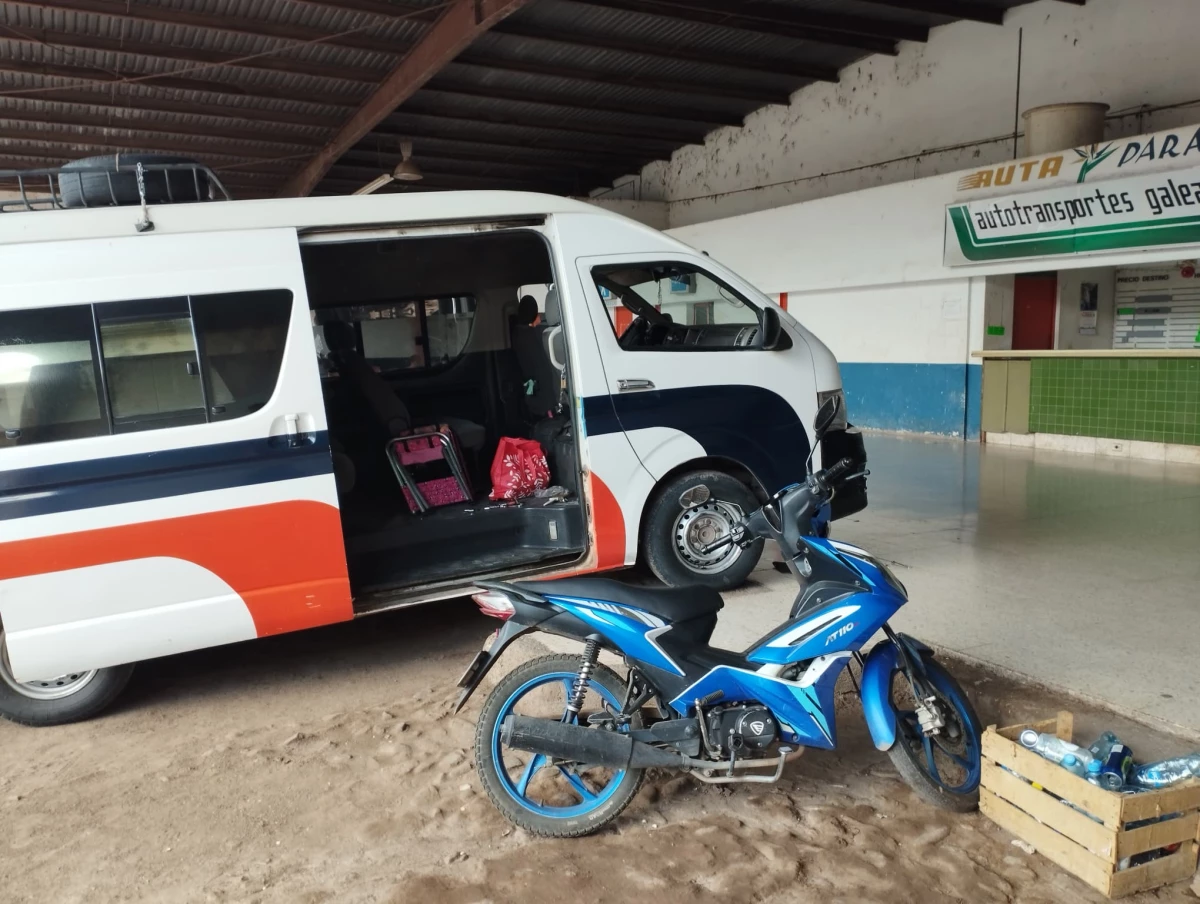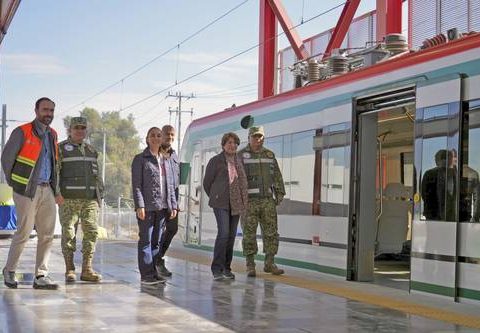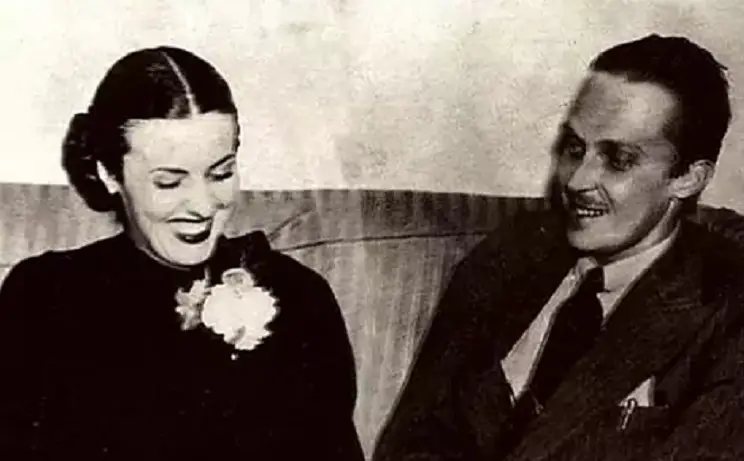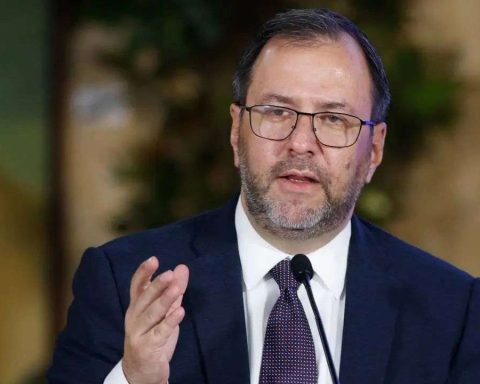Decades-long violence that reached its climax in 2021. In the midst of a pandemic, when at least two organized crime groups fought on their way until they killed each other and destroyed what little there was.
It was in May 2021 when Nemesio Oseguera announced in the main square of Aguililla that he had returned home to stay.
“The subjugation in which they lived is over,” he told his countrymen with a tarp.
Until that date, those in charge of extortion in the town were the members of the United Cartels, a criminal group that was formed with what was left of the Knights Templar, the Michoacán Family and other criminal cells in the region. The announcement was about a change of criminal administration. From then on, they, the Jalisco Cartel, would set the rules.
The climax of 2021
While the entire country was concerned about the vaccines against Covid-19, drug checkpoints were installed on the road that connects Aguililla de Apatzingán, the fourth largest city in Michoacán. This caused residents to be isolated. Without roads, without food, without electricity, without communications, without access to hospitals. On one side, the United Cartels… and on the other, those of the New Generation. In their midst, civilians. And it all happened in front of members of the National Defense Secretariat (Sedena), who, conditioned by the “hugs, no bullets” policy, did not intervene.
The control of the “Mencho” group lasted for months. Its members patrolled El Aguaje, Peña Colorada, Dos Aguas, El Limón, Naranjo de Chila and the municipal seat with disdain. Covered in garments that identified them as criminals -for carrying the initials of the CJNG-, they imposed their laws aboard armored vehicles. They would stop any visitor traveling along their tracks to ask him who he was and where he was going. Bad luck for the one who didn’t know how to answer.
(Carlos Vargas)
The “self-government” imposed in Aguililla –while the six-year term of PRD member Silvano Aureoles Conejo was coming to an end– sought to be extended to other municipalities. Entire communities of Coalcomán, a neighbor of Aguililla, were emptied after the incursion of “los Jaliscos” –as they call the members of the CJNG in Tierra Caliente–. The same thing was about to happen in Tepalcatepec, but there the self-defense groups founded by José Manuel Mireles Valverde, supported by federal forces, managed to contain them.
By the end of 2021, the streets of Aguililla had been flooded with death postcards. Houses and establishments set on fire and marked with the initials of the CJNG. Residents seeking refuge in the municipal parish. Others who only found safety by fleeing to the border between Mexico and the United States. But it was just at sunset in 2021 when federal and state authorities, already led by Alfredo Ramírez Bedolla at that time, decided to act in the region.

(Carlos Vargas)
“They’re Still Here”
The parish priest Gilberto Vergara was in charge for months of issuing safe-conduct for the residents who knocked on the doors of the Parish of Our Lady of Guadalupe, a few meters from the main square of Aguililla.
Those documents were the ones that the displaced people handed in when they reached the borders of Mexico and the United States. There the authorities decided whether to let them pass or not. The priest also made trips between the municipality and Apatzingán to remove the inhabitants threatened by the cartels. He saw the confrontations between “the Jaliscos” and their adversaries from beginning to end, he also witnessed the entry of the Mexican Army into the area.
“There have been changes (between 2021 and 2022). The changes are obvious. There is public transport. There is passability, at least, although the road is still in terrible condition. Horrible, horrible, and the highway project is still stuck, no firm steps have been taken in what had been promised (the renewal of the Aguililla-Apatzingán highway). At least the presence of the National Guard and the military police has ensured that there are no roadblocks like we had before,” the parish priest recounts in an interview for Political Expansion.
“There are no dangerous situations either. There have been no shootings or that type of confrontation. One thing must always be said: the fact that there are no confrontations or a situation of imminent risk does not mean that we are at peace, that is obvious. That we do not see the armed as we saw them before, does not mean that they have become extinct. That has to be noted. Sometimes they don’t like to hear it, but it’s one thing for it not to be obvious and another for it not to be present, ”he adds.

(Carlos Vargas)
In October 2021, Luis Cresencio Sandoval, head of the National Defense Secretariat, announced that 4,402 elements of his corporation, 4,990 members of the National Guard and 7,500 operational police officers would be in charge of carrying out security actions in Michoacán; Aguililla, the land of “Mencho”, was the site chosen as a priority objective by the corporations.
According to official information, 2,080 elements of the Army, 152 elements of the National Guard and six helicopters from the Mexican Air Force intervened in Aguililla alone.
With the aforementioned actions, one of the criminal groups, the Jalisco Cartel, was able to backtrack towards the limits with the state of the same name, Cresencio Sandoval said at the time. Images of thousands of soldiers taking control of the Michoacan municipality were disseminated in the national and foreign media.
“It is obvious that with the military presence some things had to change. There are roadblocks, checkpoints. Having done that, the same groups are given the opportunity to move in a different way. They are withdrawn, but they continue to be present, they continue to ask for quotas in some places, they continue to have their parts, what they used to. It is difficult for someone who has gotten used to living by taking from others to stop doing so,” says parish priest Gilberto Vergara.
Currently, the drivers of the “combis” charge between 120 and 130 pesos for the trip from Apatzingán to Aguililla. The bullfights start at dawn and end before dark. The inhabitants move from one municipality to another to buy food and medicine. Although the road was reopened, companies dedicated to food still do not make trips to Aguililla.
“It is difficult for the merchants, it continues to be difficult for the ranchers. Those economic branches are still limited. We already have the Welfare Bank built, but not operating. There is Telecom, which has never stopped working. There is no money because companies cannot supply. There are no stock trucks that can deliver. So the problem persists”, says the parish priest.

(Carlos Vargas)















